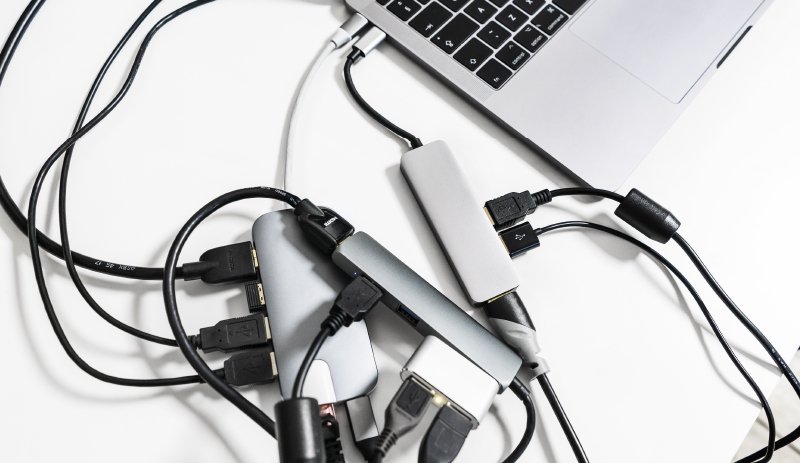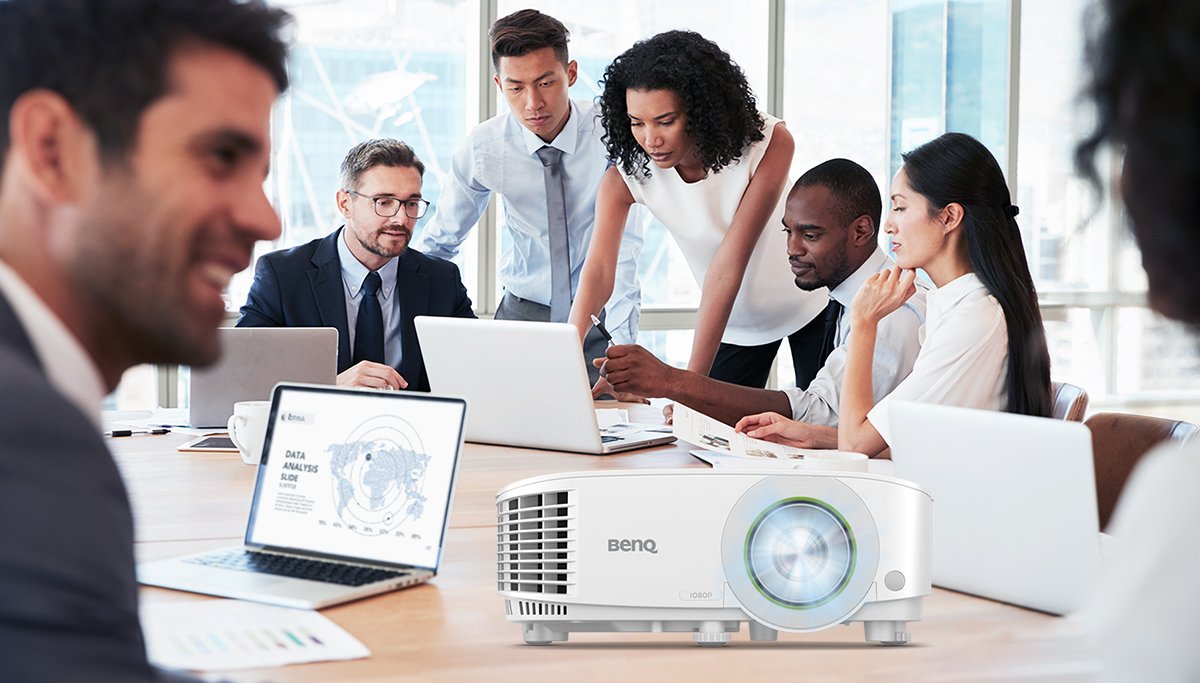Are You Still Using HDMI in Your Office Projection System?
- BenQ
- 2020-11-17
No one likes messy cables all over the place. Managers, team members, and IT support staff all could do with less clutter and setup time. Wireless connections, while tremendously successful at home, have been a mixed blessing in offices and enterprises when it comes to mirroring content for ease of sharing. On the other hand, while many are aware of wireless projectors that reduce connections to a single power cable, there’s still lingering worry about technological issues. This happens because we are not familiar with wireless setup, which usually depends on software from manufacturers.
These concerns are now unwarranted thanks to new technology that combines nearly cable-free convenience with plug n play ease of use. BenQ wireless smart projectors get rid of dependence on HDMI cables but don’t force SMBs to compromise in any way, nor require extra IT support and training sessions for team members.
Sometimes Cables Work

If you’re willing to put up with the awkwardness of cables, then there’s something to be said for their simplicity. Plugging your laptop, tablet, or phone via HDMI or USB to a projector sounds very simple, and when it works, it is indeed simple. But there are many issues that could occur.
Many devices, like Apple products, may not support direct HDMI to HDMI connections. So you’ll need adapters. Overall, very few phones these days have HDMI out. Most work with USB-C, and that means you need USB ports on the projector that will accept video input. This is not a given at all, as most projectors have USB ports designed for data only. So cables are definitely hit and miss, trial and error.
The Smart Connection
Smart, mobile devices used in personal life cross the boundary into work. This is a staple of modern professional existence, and doubly felt in the more casual environments of most SMBs. Smart phones and tablets now contain the essence of our life, so to speak. But while we’ve made strides in data portability for most purposes, meetings are different matter. Most people still rely on fixed-location, wired projectors that have a hard time interacting with our smart devices. Relying on HDMI and USB often creates problems, not least of which is a bevy of cables and wires running all over the place. And that’s assuming you have the cables and wired handy.

So going wireless makes sense. Having a projector share your office Wi-Fi means it’ll be easy to pair it with phones, tablets, and laptops without the need for cables.
But even here there are different approaches. Simply making a projector wireless by adding a Wi-Fi adapter may not be that easy if it involves downloading apps, creating accounts, logging in, and so on. This is the case with office projectors from EPSON, for example.
At BenQ, we make wireless smart projectors that don’t need any app installs, setup, or log in. There’s no need to do anything other than power the projector on. Apps and programs are pre-installed and ready to go. You get relief from cable dependence and a lengthy and often confusing wireless configuration process.
Instead of wasting time, you work with your devices directly on the projector, mirroring content effortlessly. Let’s summarize what makes BenQ wireless smart projectors an excellent choice for workplace meetings:
|
|
|
BenQ wireless smart projector for work |
Other workplace wireless projector |
Traditional workplace projector |
Connect wirelessly from your devices |
Apple Airplay |
Direct access | BenQ wireless smart projector for work O | Other workplace wireless projector X | Traditional workplace projector X |
via app |
|
O | BenQ wireless smart projector for work
| ||
Android devices |
Direct access |
O * | BenQ wireless smart projector for work X | Other workplace wireless projector X | |
via app |
|
O | BenQ wireless smart projector for work
| ||
Miracast |
Direct access |
X | BenQ wireless smart projector for work X | Other workplace wireless projector X | |
via app |
|
O | BenQ wireless smart projector for work
|
*BenQ wireless smart projectors support Google Cast for Android users, as well. This covers Windows users, for example if you have your contents on a Microsoft Surface. Read more about how we get it done.
If you still prefer to take a wired approach and don’t mind using adapters, we’d like to offer the following as a guide and advice to clear things up:
|
|
Traditional Workplace Projector |
Connect via cable |
iPhone and iPad | Traditional Workplace Projector Lightning to HDMI |
MacBook and iPad Pro |
USB C to HDMI | |
Android phone, tablet, and Chromebook |
USB C to HDMI | |
Windows PC |
HDMI to HDMI. Varies greatly among different laptops and devices. Some models support USB-C to HDMI connections | |
Microsoft Surface |
USB-C to HDMI |
There’s much to be said in favor of wired and wireless setups for your office projection system. However, we believe wireless is the way to go these days for the simplicity, portability, and efficiency the design offers. Whichever you choose, we hope you find the productivity-enabling capabilities you need.

